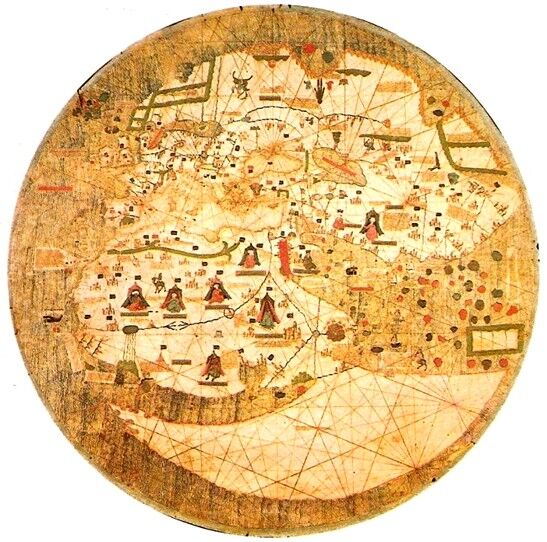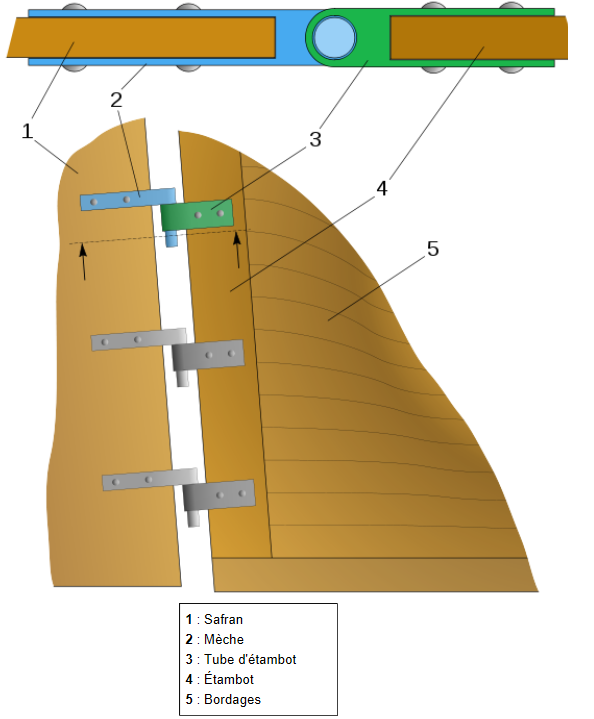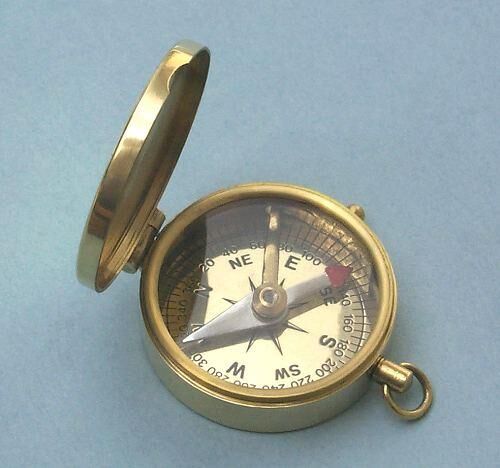The concepts covered in this fact sheet go beyond those seen in high school. It is intended as a supplement for those who are curious to learn more.
After the capture of Constantinople by the Turks in 1453, all European countries began looking for a new sea route to India. Access via Constantinople was no longer possible. Since the Indies consisted of lands rich in spices and precious metals, all countries wanted to continue trading with this part of the world.
That's why the richest countries set out to conquer the unknown seas: the first to reach the Indies would ensure extremely profitable trade across the entire continent. Encouraged by new discoveries and innovations in navigation, several expeditions were launched. These expeditions not only opened up new trade routes, but also led to the discovery of new lands, new riches and new cultures.
Several technological advances have made it possible to explore the seas: better mapping methods, stronger, more efficient boats, new navigation tools.
Mapping methods were greatly developed in the late Middle Ages and early Renaissance. The maps produced were now much more precise. The world as it was known to European countries was represented on a precise, detailed map.
Mapping methods provide a better understanding of the geography of continents and oceans. These methods will obviously prove extremely useful during expeditions to the American and African continents.
Ships were perfected in the early Renaissance. The aim was no longer simply to follow the Mediterranean coastline, but above all to launch expeditions on the high seas. One such improvement was the invention of the stern rudder. Invented by the Portuguese in the 15th century, this rudder is in fact a huge piece of wood attached to the underside of the ship's hull. This rudder could be controlled by a wheel on deck.
Prior to this invention, the only way to control the boat's direction was to hold the rudder to one side or the other from the deck. The stern rudder makes boats much easier to maneuver, which is important on the high seas.
The new rudder is complemented by a new type of sail on boats. The lateen sail is a triangular sail that allows boats to sail against the wind. Although the lateen sail was invented in the 6th century by the Arabs, it was not reintroduced to Europe until the15th century. This gave boats more power.
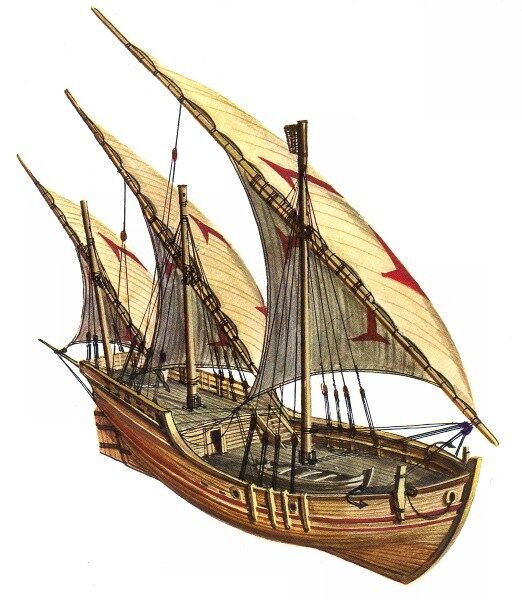
La Nina, one of Christopher Columbus's ships, was equipped with Latin sails.
In addition to these improvements to certain parts of the boat, 15th century craft were also perfected. New ships had stronger, more stable hulls. Boats could now withstand the forces and currents of the high seas.
The first models used by navigators were caravel-type boats. These were 20 meters long and 6 meters wide. Easy to maneuver, stable and able to ride the wind, these caravels were ideally suited to long sea voyages. What's more, the size of the hull allowed them to store enough reserves to feed the crew for months on end. These boats are larger than those of the Middle Ages.
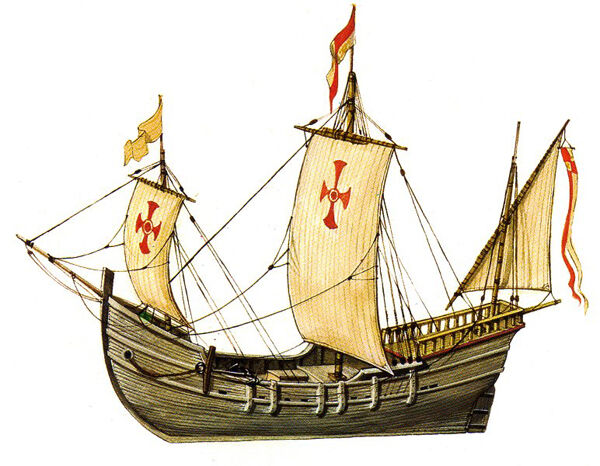
A caravel, the Pinta
In fact, it was aboard a caravel that Christopher Colombus crossed the Atlantic Ocean in 1492.
As early as the 15th century, a number of inventions were introduced that were extremely useful for navigation on the high seas. Each of these inventions enabled navigators to orient themselves on the open sea and deduce their position despite the absence of landmarks.
The compass has been perfected. Its magnetized needle ensures that navigators always know where they are in relation to North. This means they know the route they have taken, making it easier to return to Europe. Furthermore, they are able to take the same routes several times over.
The telescope allows you to see further. It was mainly used for observing the stars, which facilitated orientation at night. It was also used to locate distant objects, such as coasts and islands.
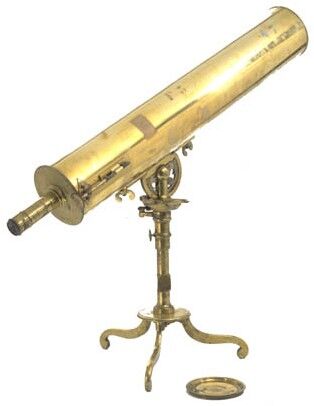
The telescope
The astrolabe made orientation at sea even easier. By observing the ship's position in relation to the stars, navigators were able to determine the exact location of a geographical site.
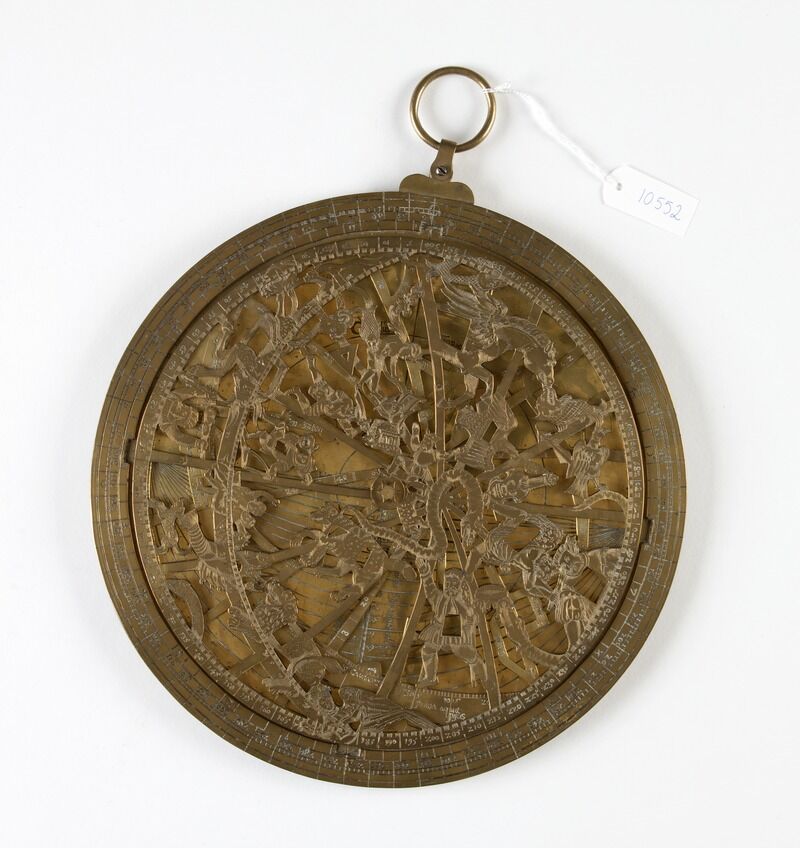
The astrolabe
The Great Discoveries had consequences for both Europeans and native societies. However, an inequality soon emerged: Europeans reaped only the benefits of these great discoveries, while the natives suffered all the negative consequences.
The discovery of these new territories considerably broadened Europeans' intellectual horizons: the world was bigger than they had imagined. People became aware that different cultures and worlds existed. Nature can be immense: there are indeed infinite spaces in America, immense rivers and hitherto unknown vegetation. This unknown nature is also rich in new products such as agricultural produce (tomatoes, corn, potatoes and cocoa), tobacco, sugar, coffee and precious metals.
Leaving the coasts of Europe, navigators and crews set off in search of new sea routes. Their goal was to trade and exploit natural resources. When they landed on a new continent, they quickly realized that these were rich, unexplored lands, untouched and unexploited. Commercial and mercantile values clashed with the values of the nomadic indigenous peoples and the great South American civilizations.
The natives soon proved to be the losers: the colonizers quickly used the natives as free labor. The natives found themselves in a submissive position. Many settlers agreed to protect groups of natives on condition that they became Christian and agreed to work for free. The natives soon realized that the settlers were only working for them: they were in fact conquering not only territories, but also peoples.
Not only were native civilizations rapidly exploited by the colonizers, but many people died as a result of this clash of cultures. Many Natives fell victim to the fighting, others succumbed to contagious diseases brought by the Europeans to which they had no immunity, and others suffered early deaths caused by forced labor.
As early as 1520, organized transport of black slaves from Africa began. These slaves were transported to America. The aim was to fill the labor shortage in America. The slave trade soon became an integral part of world trade.
